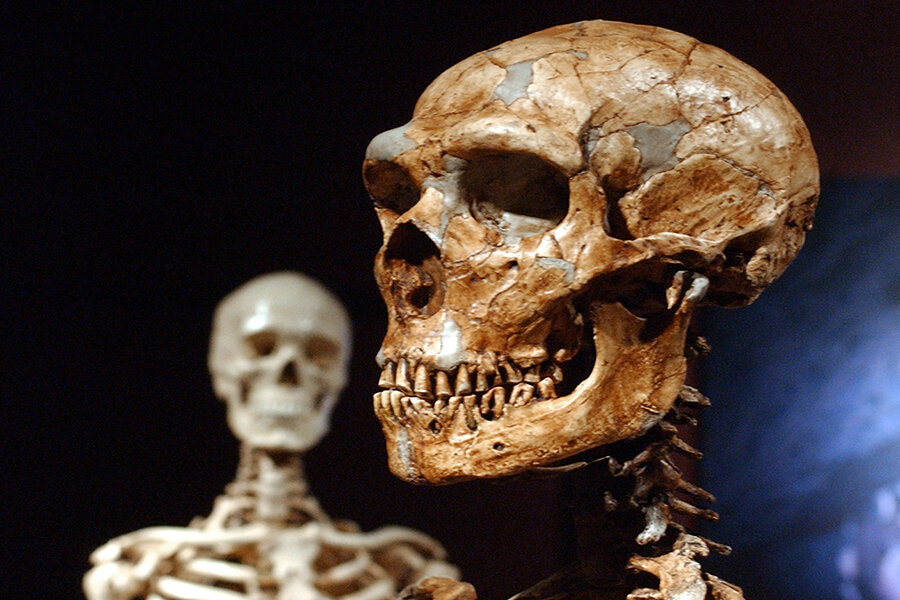Your skin and hair are probably crawling with Neanderthal genes, say scientists
Loading...
The very last traces of Neanderthals may not quite be extinct yet, because we humans are preserving them in our own genomes.
Two new studies have separately confirmed that Neanderthal genes are part of us. One study, titled "The genomic landscape of Neanderthal ancestry in present-day humans," carried out by Harvard Medical School (HMS) geneticists and published Jan. 29 in Nature, a science journal, has shown that bits and pieces of Neanderthal DNA in modern humans influence our skin, hair, and nails
Such genes are also associated with various diseases in humans, and researchers found one gene linked to one's likelihood of quitting smoking.
But there were other areas that were more like "deserts," where Neanderthal DNA was found to be very low, according to press release from Harvard Medical School.
Another study carried out by University of Washington scientists Benjamin Vernot and Joshua M. Akey, population geneticists from the Department of Genome Sciences, shows that more than 20 percent of the Neanderthal genome survives in the DNA of modern humans. The finding of the study was published in a paper titled "Resurrecting Surviving Neanderthal Lineages from Modern Human Genomes," on Jan. 29 in Science Express.
The team of researchers from Harvard analyzed genetic variants in 846 people of non-African heritage, 176 people from sub-Saharan Africa, and a 50,000-year-old Neanderthal whose genome sequence the team had earlier published in 2013.
Genetic variations occur when mutation causes a permanent change in the chemical structure of a gene. After carrying out their study, the Harvard team concluded that there were certain areas within the modern non-African human genome that were rich in Neanderthal DNA, while other areas were "barren."
The team found that Neanderthal ancestry was nearly absent in genes most active in the testes and genes on the X chromosome.
"This suggests that when ancient humans met and mixed with Neanderthals, the two species were at the edge of biological incompatibility,” said David Reich professor of genetics at HMS and senior author of the paper.
Earlier research shows that Neanderthals and humans started interbreeding thousands of years ago.
The researchers from the University of Washington used a different technique. Vernot and Dr. Akey looked into 379 European and 286 East Asian subjects that were already available as part of the 1,000 Genomes Project.
The team then zeroed in on "suspected Neanderthal sequences" by studying the genomes.
Past research has given scientists an idea of what Neanderthal genes should look like when transferred into modern humans, Akey told the Monitor. These gene sequences do not exist in people from Africa, because Neanderthals did not exist there, he adds.
Only after their analysis did they compare their results with a recently mapped Neanderthal genome obtained from DNA recovered from a Neanderthal toe bone discovered in Siberia in 2010. That genome was sequenced at the Svante Paabo paleogenetics laboratory of the Max Planck Institute for Evolutionary Anthropology in Germany.
"We wanted to know how well our predictions matched the Neanderthal reference genome," Akey said. "The analysis showed that, after more refinement of these methods, scientists might not need a reference genome from an archaic species to do this type of study."
Instead of depending on fossilized remains of species that are extinct, this "fossil free" method goes on to show that scientists "will be able to identify DNA from other extinct hominin, just by analyzing modern human genomes," Vernot said.
In addition to learning about Neanderthals, this study, say researchers, will help them to understand how interbreeding influenced current patterns of human diversity.








